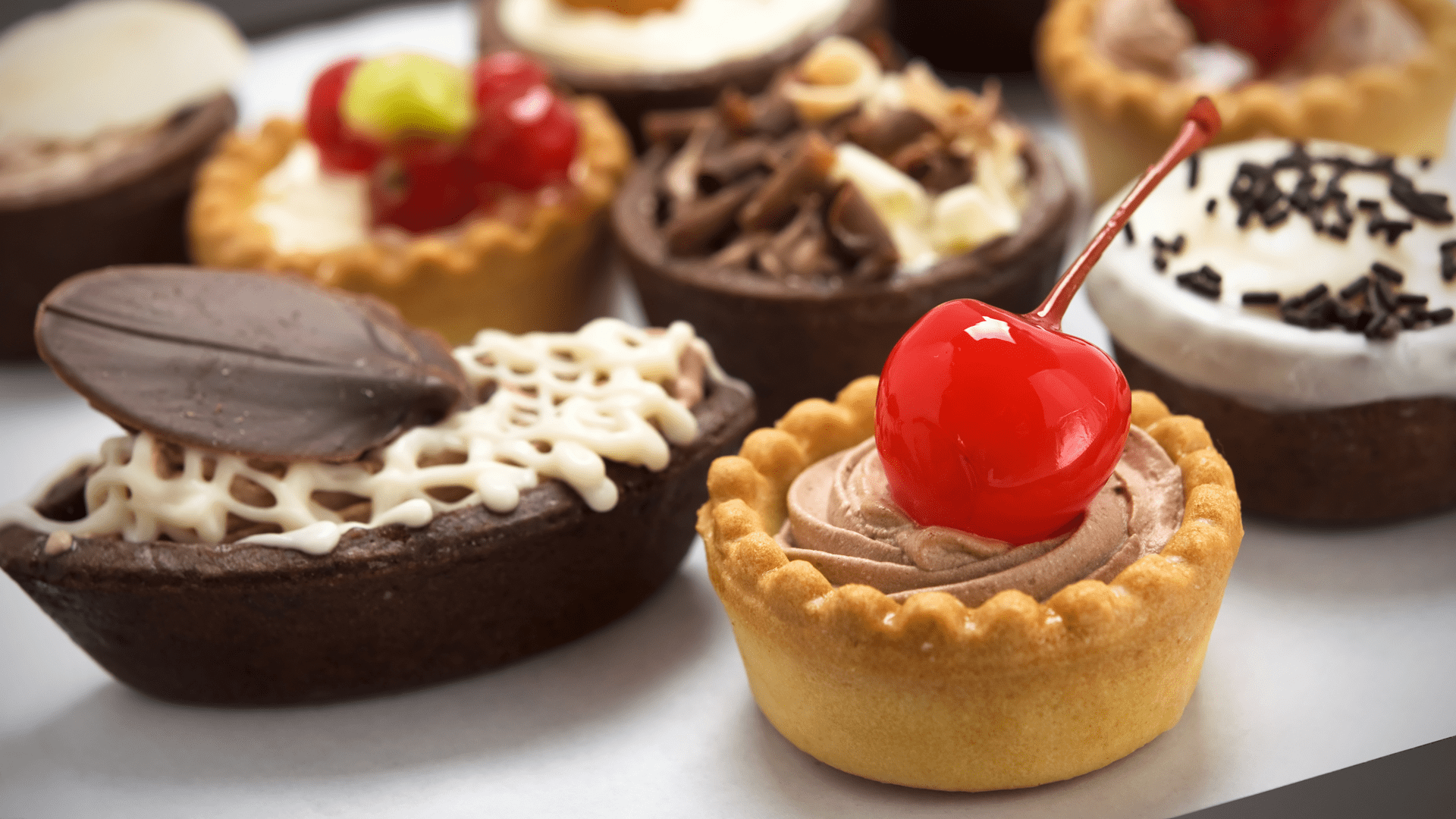
Sweet products
The consume of this kind of products goes back to the era of ancient Romans and Greeks, which were used to consume them during banquets or special occasions. These products had a major spread in the last four centuries when it became always easier to get the necessary ingredients to produce them in the market. Since large quantities of sugar became available in Europe, desserts and sweets became a common and daily food.
In this category there are:
- Pastry products, made basically with flour:
- Biscuits / cookies
- Cakes
- Spoon desserts
- Anniversary sweets;
- Confectionery products, such as:
- Sweets
- Jam
- Ice cream
- Cocoa-based products, like chocolate.
The supply chain of sweets and desserts is wide that it is difficult to reconduct the productive processed to a unified flow, but it is possible to identify three common macro-phases to the majority of sweet products:
- Preparation phase: It is fundamental the role of the furnisher in the warranty of the raw materials of first quality, and of efficient components. The raw material is firstly taken and prepared for the stockage, thus prepared for the production phase.
- Basic or production phase: in here all the process and works are made, to give life to the sweet masses. It variates from the creation of doughs to the modelling of products, passing through the elaboration of the surfaces. The product, in this phase, is not finished yet.
- Final phase: The processes that bring to the desired final product are ultimate, from decoration to packaging.
The turnover of this sector, in Italy, is in intense growth, about +8% annually. The value of this supply chain comes from the 5,5 billion of baking products, for the 4,5 billion of chocolate and cocoa-based products, and for more than 2 billion from ice-creams, and 1,2 billion from confectionary.
Strategic placement of the sector at exportation level: even though the emergency provoked by the pandemic, the success of international markets it does not seem to re-dimension.
Instead, two tendencies are identifiable: on one hand, the confirm of the increasing demand of made in Italy sweets by countries like Germany and United States, from the other hand, the attention that the consumers of markets even if culturally far always turn to Italy when speaking of high-quality products.
The one of sweets is a supply chain that needs majorly investments toward innovation. It is not only about releasing new flavours or re-make notorious traditions. Innovation in this field is particularly influenced by the consumer’s food instances, that seek for new products with no use of harmful ingredients, that are slightly nourishing, and that have high calorie content.
Moreover, on the other hand there is more attention for that part of consumers that is restricted by food intolerances, and that opt for non-traditional but substitutive products.
Process and Product Innovation
The shift to the Industry 4.0 is a moment of deep change and innovation capable to disrupt all the sectors.
The industry 4.0 is considered as a new Industrial Revolution that appears to be even more disruptive of the previous ones. It is seen as such because it is born from the convergence of the IT and OT technologies to create a digit...
Supply chains involved:
Plant-based Beverages Coffee Cereals Chocolate Canned Foods Beer Dairy Products Nuts Food Supplements and Nutraceuticals Milk Plant oils Fruit and Vegetables Pasta Meat Baking products Sweet products Rice Cold Cuts and Cured Meats Winery